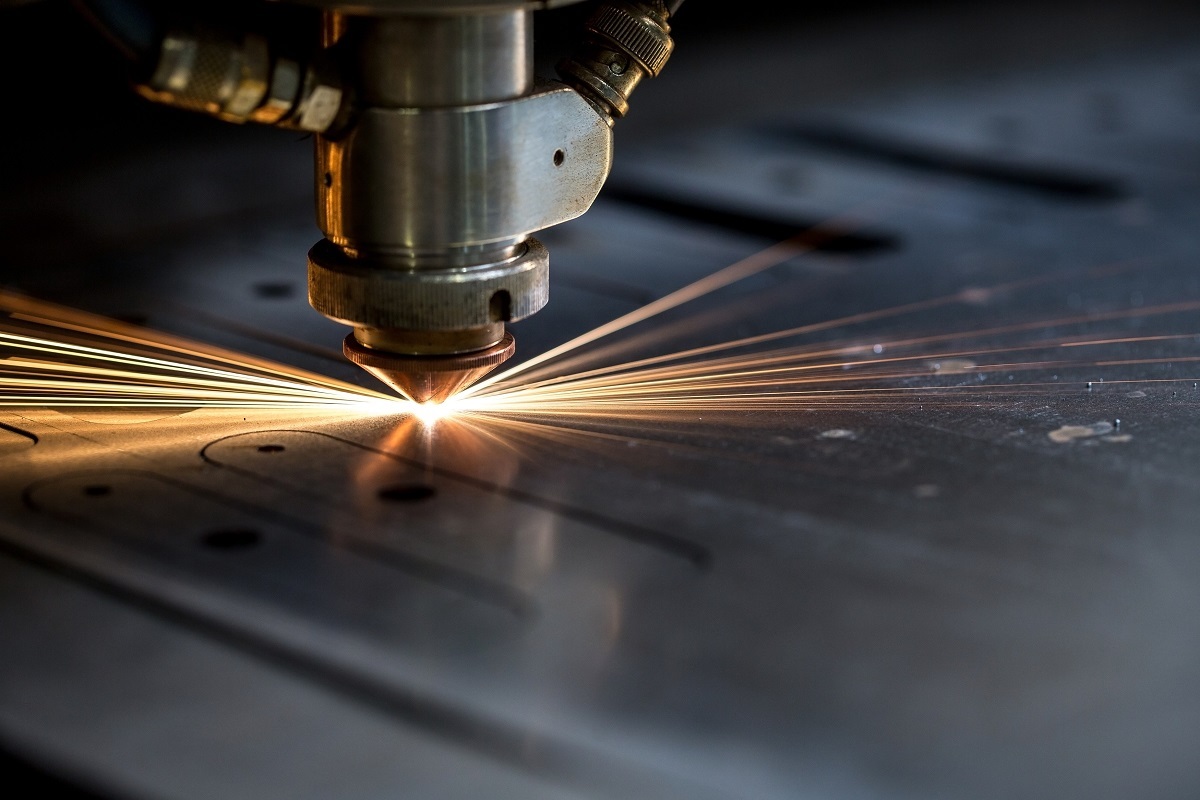Applications and Advantages of Autonomous Systems in Agro Robotics
The agricultural industry has seen remarkable advancements in recent years, thanks to the integration of autonomous systems in agro robotics. These cutting-edge technologies have revolutionized traditional farming methods and ushered in a new era of smart farming. By combining robotics, artificial intelligence, and Internet of Things (IoT) solutions, autonomous systems are transforming the way we cultivate crops and raise livestock. In this blog, we will explore the various applications and advantages of autonomous systems in agro robotics, highlighting the benefits they bring to the agricultural sector.
Smart Farming and IoT Solutions
Smart Farming is an innovative approach to agriculture that leverages the power of IoT solutions to enhance productivity, optimize resource utilization, and reduce environmental impact. By connecting various devices, sensors, and equipment through a network, farmers can gather real-time data about soil conditions, weather patterns, crop health, and livestock behavior. This data is then analyzed and processed using advanced algorithms, enabling farmers to make informed decisions and take proactive measures.
IoT solutions play a vital role in smart farming by enabling seamless communication and data exchange between different components of the agricultural ecosystem. For example, soil sensors can monitor moisture levels and nutrient content, providing insights that help optimize irrigation and fertilization. Similarly, connected weather stations can deliver accurate weather forecasts, enabling farmers to plan their activities accordingly. Livestock monitoring devices can track animal health and behavior, ensuring early detection of diseases and improving overall herd management.
Applications of Autonomous Systems in Agro Robotics
- Precision Farming:
Autonomous systems enable precise and targeted agricultural practices. Drones equipped with cameras and sensors can capture high-resolution aerial images of farmland, allowing farmers to analyze vegetation patterns, identify areas of concern, and optimize crop management. Automated tractors and robotic harvesters equipped with GPS systems can perform precise planting, spraying, and harvesting operations, minimizing waste and increasing efficiency.
- Crop Monitoring and Management:
Autonomous systems can continuously monitor crop health and growth, providing valuable insights to farmers. With the help of AI-powered algorithms, robots can identify and classify plants, detect diseases, pests, and weeds, and apply targeted treatments. This reduces the need for chemical interventions, resulting in more sustainable and environmentally friendly farming practices.
- Livestock Management:
Robotics and AI-based systems have significantly improved livestock management. Automated feeding systems ensure consistent and accurate feeding, reducing waste and optimizing animal nutrition. Robotics-assisted milking machines enhance productivity and reduce labor costs. IoT-enabled wearable devices monitor the health and behavior of livestock, detecting early signs of illness and enabling prompt intervention.
- Soil and Water Management:
Autonomous systems aid in optimizing soil and water management. Soil sensors collect data on moisture levels, temperature, and nutrient content, enabling farmers to adjust irrigation and fertilization schedules. This precision-based approach minimizes resource waste and maximizes crop yields. Autonomous irrigation systems use weather data and soil moisture levels to deliver water precisely where and when it is needed, reducing water consumption and conserving this precious resource.
Advantages of Autonomous Systems in Agro Robotics
- Increased Efficiency and Productivity:
Autonomous systems streamline farming operations, reducing manual labor and increasing overall efficiency. With robots performing tasks such as planting, harvesting, and monitoring, farmers can focus on higher-level decision-making and strategic planning. This leads to improved productivity, higher crop yields, and reduced costs.
- Cost Reduction:
Autonomous systems can significantly reduce operational costs in agriculture. By automating repetitive tasks, farmers can save on labor expenses. Precision farming techniques enabled by autonomous systems optimize the use of resources such as water, fertilizers, and pesticides, minimizing waste and reducing input costs.
- Environmental Sustainability:
The integration of autonomous systems in agro robotics promotes sustainable farming practices. By leveraging data-driven insights, farmers can reduce the use of agrochemicals, resulting in healthier ecosystems and reduced environmental pollution. Precise resource management helps conserve water and minimize soil degradation, ensuring long-term sustainability.
- Enhanced Safety:
Autonomous systems eliminate or reduce the need for manual labor in potentially hazardous farming activities. Robots can handle tasks in dangerous environments, such as pesticide spraying or working with heavy machinery, minimizing the risk of accidents and injuries to farmers.
Conclusion
Autonomous systems in agro robotics have revolutionized the agricultural industry, ushering in a new era of smart farming. The integration of robotics, AI, and IoT solutions enables precise and targeted agricultural practices, optimizing resource utilization, and enhancing productivity. From precision farming to livestock management and soil and water management, autonomous systems offer a multitude of applications that benefit both farmers and the environment.
With increased efficiency, cost reduction, environmental sustainability, and enhanced safety, the advantages of autonomous systems in agro robotics are undeniable. As technology continues to advance, it is imperative that farmers embrace these transformative technologies to secure a more sustainable and productive future for the agricultural sector.
FAQs:
Q1. Are autonomous systems in agro robotics expensive to implement?
A1. While the initial investment in autonomous systems may require some capital, the long-term benefits outweigh the costs. Increased efficiency, higher productivity, and reduced operational expenses result in significant cost savings for farmers.
Q2. Can autonomous systems replace human farmers entirely?
A2. No, autonomous systems are designed to assist and enhance the capabilities of human farmers, not replace them entirely. Human expertise and decision-making remain crucial in farming operations, while autonomous systems handle repetitive tasks and provide valuable data-driven insights.
Q3. Do autonomous systems in agro robotics require constant maintenance?
A3. Like any technological system, autonomous systems require regular maintenance and monitoring. However, advancements in robotics and IoT have made maintenance more manageable, and many systems include self-diagnostic capabilities that alert users to potential issues.
Q4. What are the potential challenges in implementing autonomous systems in agro robotics?
A4. Some challenges include the initial cost of implementation, the need for adequate training and skill development for farmers, and the requirement for a reliable and robust communication infrastructure in rural areas.
Q5. How do autonomous systems contribute to environmental sustainability?
A5. Autonomous systems enable precision farming techniques that optimize resource utilization, reduce the use of agrochemicals, conserve water, and minimize soil degradation. By promoting sustainable practices, they help protect the environment and support long-term agricultural sustainability.













